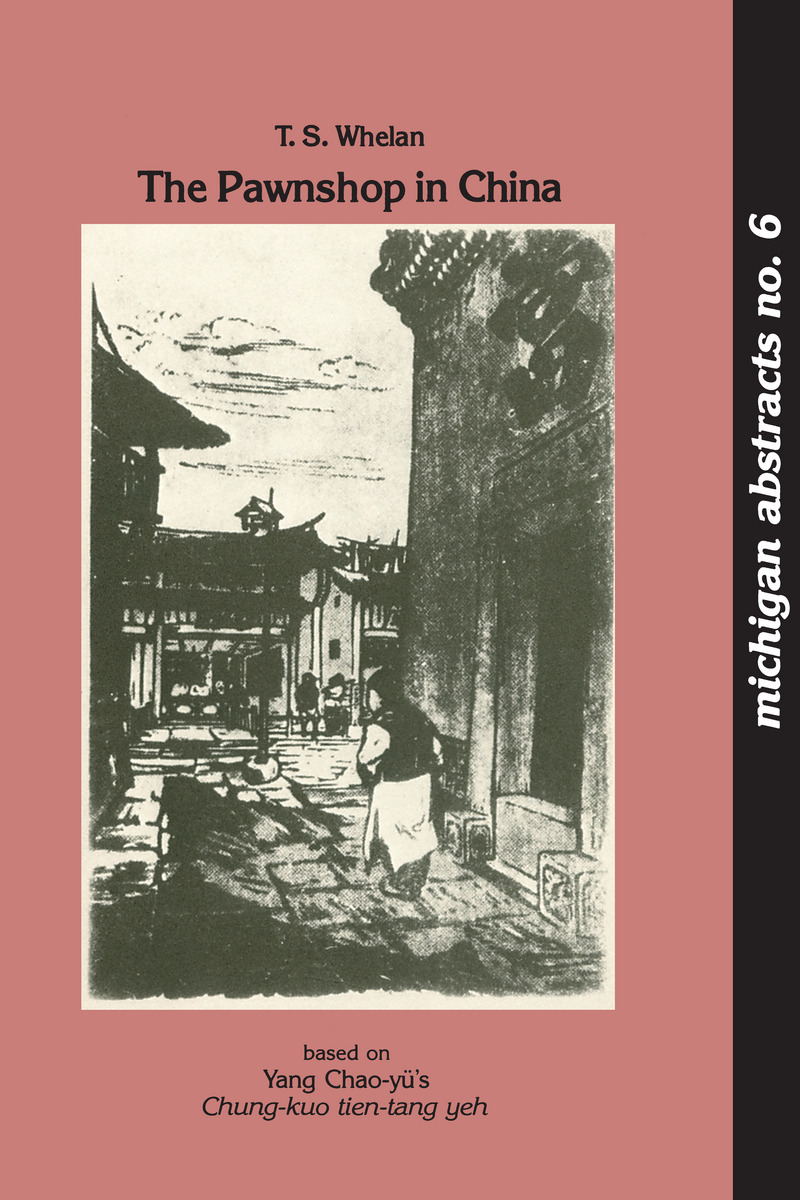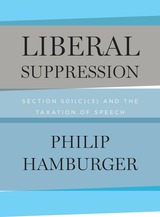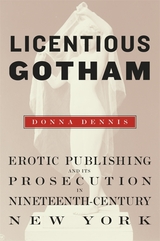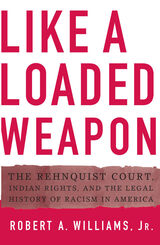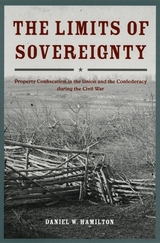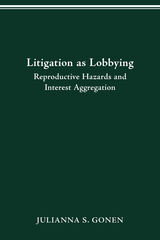The Pawnshop in China
University of Michigan Press, 1979
Paper: 978-0-89264-906-8
See other books on: Business & Economics | China | Cultural & Ethnic Studies | Economics | Social Science
See other titles from University of Michigan Press
Paper: 978-0-89264-906-8
ABOUT THIS BOOK | REQUEST ACCESSIBLE FILE
ABOUT THIS BOOK
The Ch’ing dynasty witnessed a phenomenal rise in the number of pawnshops in China. By the early nineteenth century there were almost 25,000 of them, and pawnbroking yielded a higher rate of return on investment than did land. The Ch’ing also saw this industry in decline, its exponential growth a victim of the Taiping Rebellion and rapidly developing Shansi banks. Yet, in republican times the pawnshop was still common in city and countryside alike. Furthermore, it was to live on after Liberation. But when the People’s Bank of China opened Citizens’ Petty Loan Offices in the early 1950s in order to furnish workers and peasant with low-interest loans, and when the transformation of private enterprise occurred in 1956, the last of the pawnbrokers, holding out in urban areas such as Shanghai, were forced to close their doors, and the pawnshop ceased to exist on the mainland. Its life had spanned almost fifteen hundred years. On Taiwan, however, the institution survives—there were 750 pawnshops on the island in 1974—as it does in most overseas Chinese communities.
This volume is a translation of Yang’s Chung-kuo tien-tang yeh, which examines pawnshops during late imperial and Republican China. T. S. Whelan provides a historical introduction and critical annotations.
See other books on: Business & Economics | China | Cultural & Ethnic Studies | Economics | Social Science
See other titles from University of Michigan Press
